#german fairy tale
Text
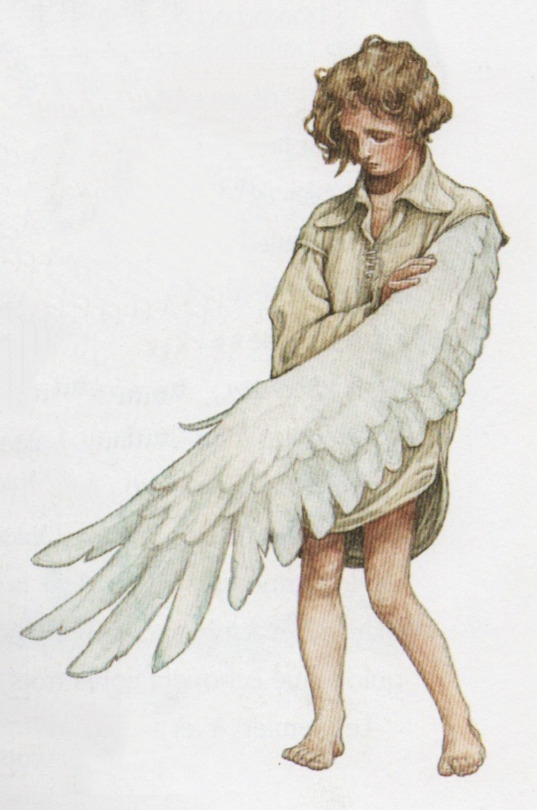
The Six Swans
Artist : Patrick James Lynch
#the six swans#les six cygnes#children's literature#fairy tale#children's books#fairy story#children's book#fairy tales#fairy#p. j. lynch#patrick james lynch#brothers grimm#the brothers grimm#les frères grimm#die sechs schwäne#german fairytales#german fairy tale#prince#wing#1993
866 notes
·
View notes
Photo

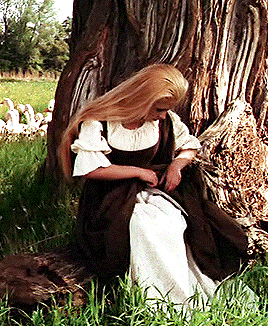

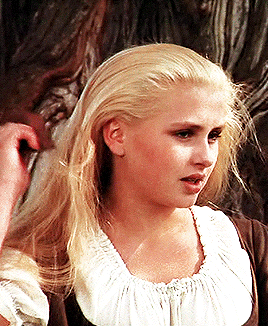
Dana Morávková in Die Geschichte von der Gänseprinzessin und ihrem treuen Pferd Falada / The Goose Girl (1989) dir. by Konrad Petzold.
#Die Geschichte von der Gänseprinzessin und ihrem treuen Pferd Falada#The Goose Girl#Princezna husopaska#Konrad Petzold#German#Czechoslovak#Czech#German Cinema#German Fairy Tale#Fairy Tale#My Gifs#GD
205 notes
·
View notes
Text
Imagine a Silmarillion au where the Edain are like those crazy people in German Fairy Tales.
5 notes
·
View notes
Text


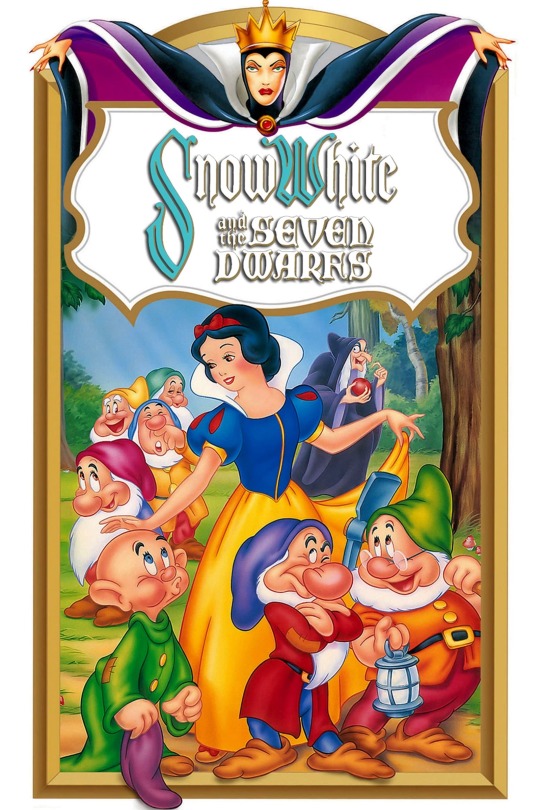
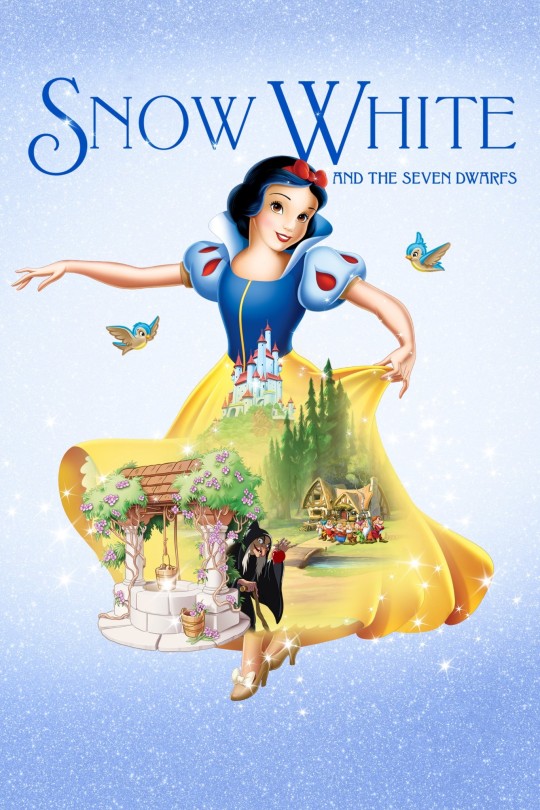
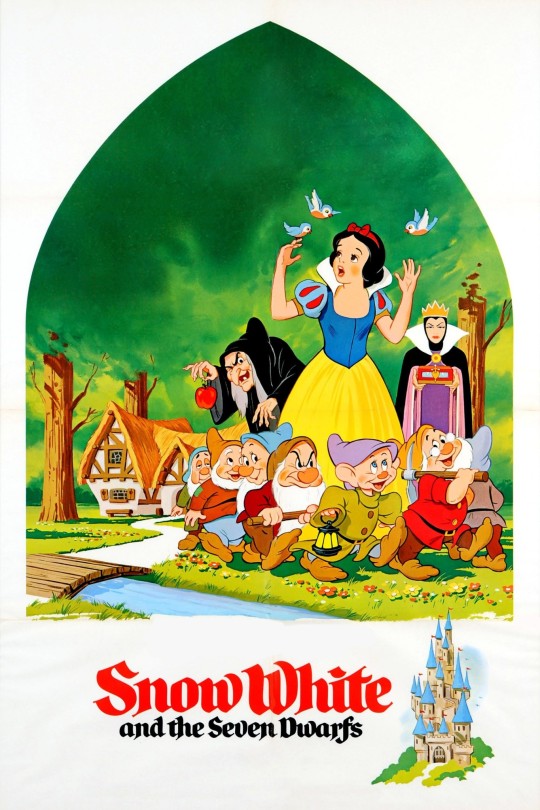
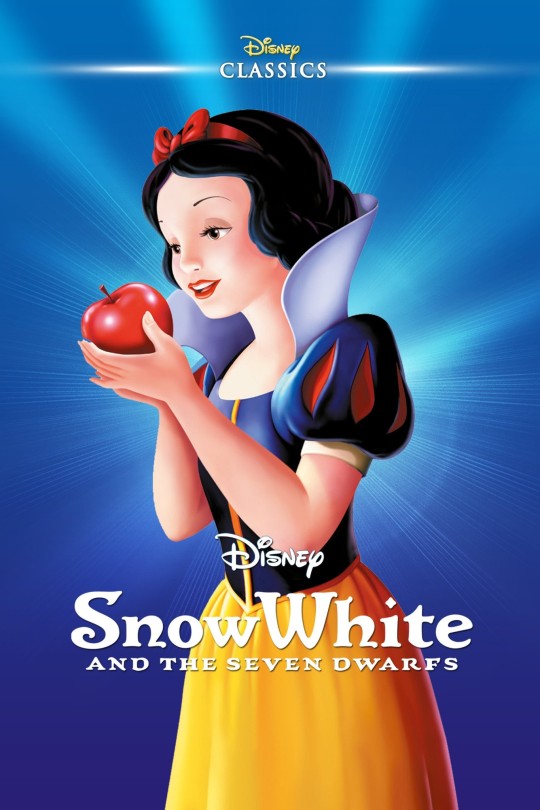
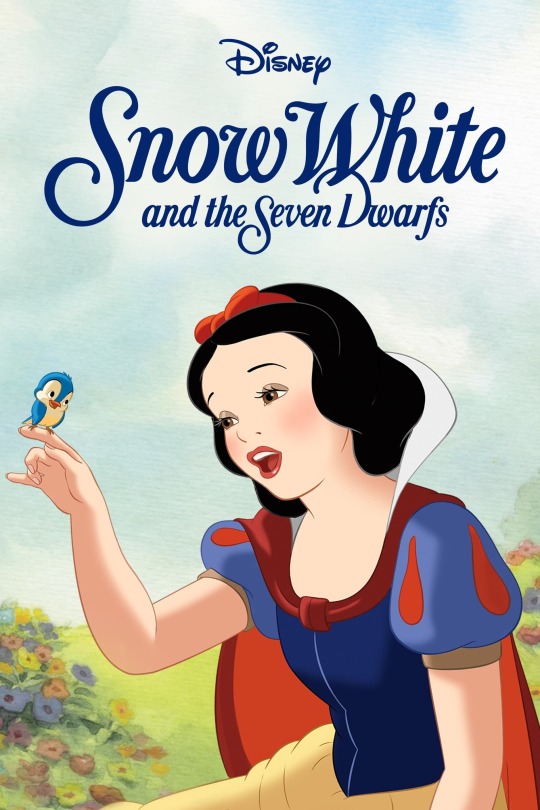

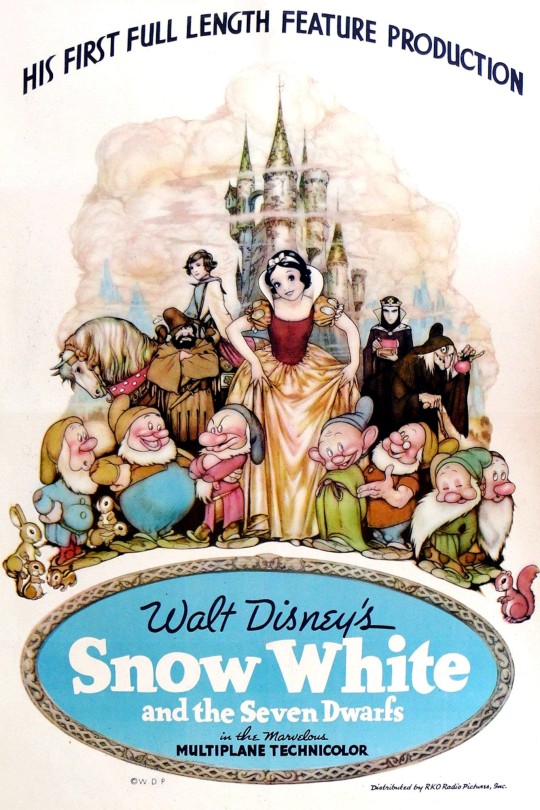
W A T C H I N G
#SNOW WHITE AND THE SEVEN DWARFS (1937)#Adriana Caselotti#Lucille La Verne#Harry Stockwell#Roy Atwell#Walt Disney#German fairy tale#Brothers Grimm#cel animated#WATCHING
0 notes
Text
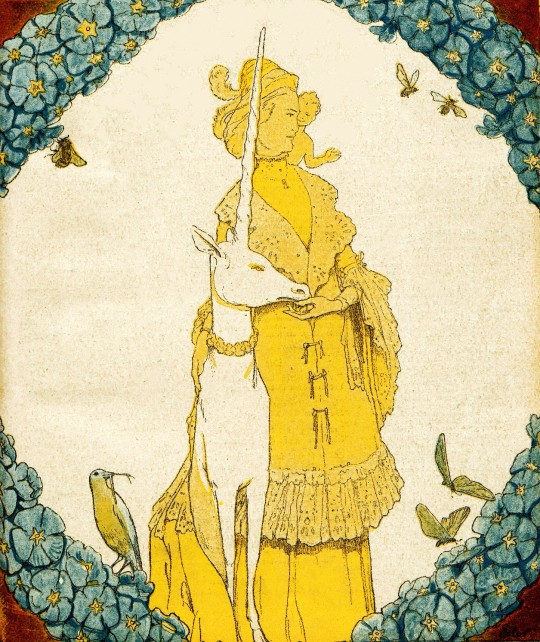
Illustration from Jugend Magazine by Fritz Erler (1909)
#fritz erler#art#illustration#jugendstil#1900s#1900s art#vintage art#vintage illustration#vintage#german art#german artist#magazine illustration#jugend#fairy tale#fairy tales#fairy tale art#unicorn#art nouveau#golden age of illustration#classic art
1K notes
·
View notes
Photo

Rumpelstiltskin is a german fairy tale which was collected by the Brothers Grimm in the 1812.
The story is about an imp - a european mythological being similar to a fairy or demon - who spins straw into gold in exchange for a girl's firstborn. He consents to give up his claim to the child if she can guess his name within three days.
"Tonight tonight, my plans I make, tomorrow tomorrow, the baby I take. The queen will never win the game, for Rumpelstiltskin is my name!"
#rumpelstiltskin#literature#german literature#fairy tales#german fairy tale#fairytaleedit#folklore#brothers grimm#grimm's fairy tales#gifs#aesthetics#aesthetic#fairy story#rumplestiltskin#fairycore#grimm brothers#fairy tale aesthetic#goblincore#dailygifs#mygifs#faithgigliorosa
0 notes
Text
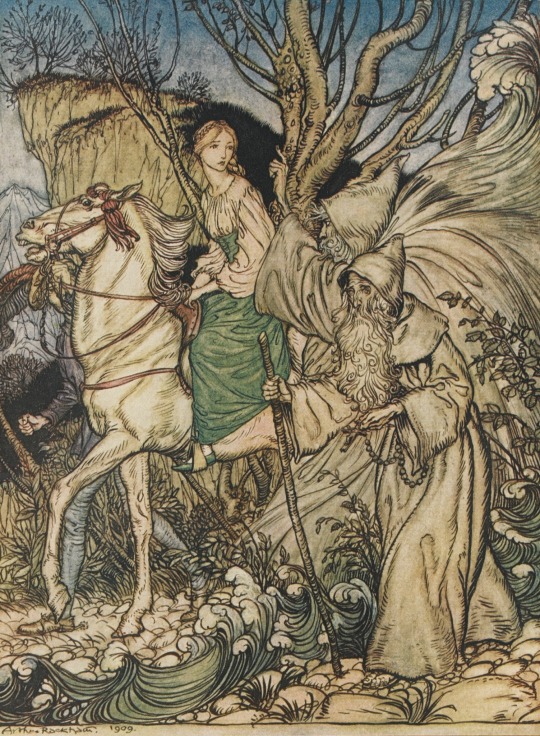
Undine by Arthur Rackham
#undine#art#arthur rackham#illustration#friedrich de la motte fouqué#fairytale#fairy tale#germany#german#water spirit#mythology#mythological#supernatural#soul#medieval#knight#europe#european#romance#paracelsus#esoteric#ondine#fairy tales#folklore#fairy#mermaid#history#romantic
333 notes
·
View notes
Text

Margaret Evans Price (1888-1973), 'The Pied Piper', ''The Real Story Book'', 1927
Source
#Margaret Evans Price#american artists#the pied piper#children's books#Pied Piper of Hamelin#german fairy tales#vintage illustration#vintage art
149 notes
·
View notes
Text
Disney leaving out the backstory for Rapunzels name is so funny to me, because in the fairytale it makes sense but in the movie she's just named after a salad.
For no reason other than mother gothel/ the king & queen are horrible at naming babies
#fairy tales#brothers grimm#Gebrüder Grimm#Die Märchen der Gebrüder Grimm#rapunzel#tangled#german fairytales#Funny
167 notes
·
View notes
Text
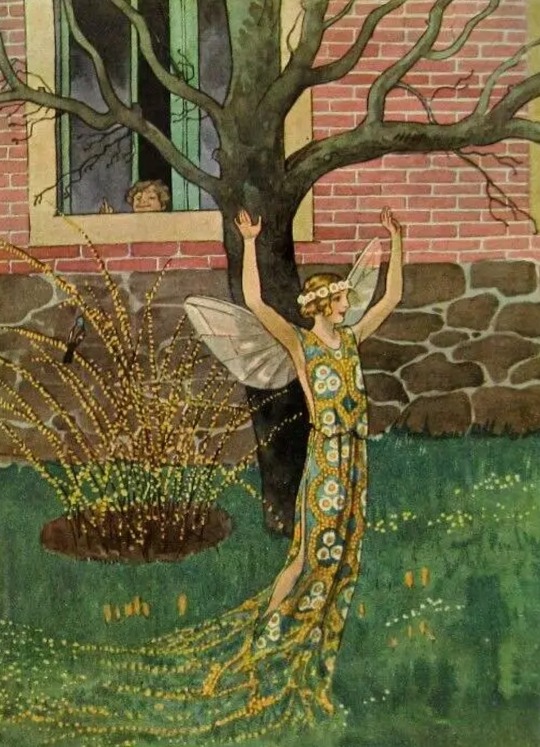
Das goldene Osterei
Ein Märchen-Bilderbuch von Margarete Thiele
Union Deutsche Verlagsgesellschaft
Stuttgart - Berlin - Leipzig
C. 1920/30
Artist : Artus Scheiner
#elf#elfe#children's literature#children's illustration#fairy tale#children's books#vintage illustration#fairy story#children's book#fairy tales#old illustration#fairy#german book#german y#margarete thiele#artus scheiner#the golden egg#l’œuf d’or
64 notes
·
View notes
Photo
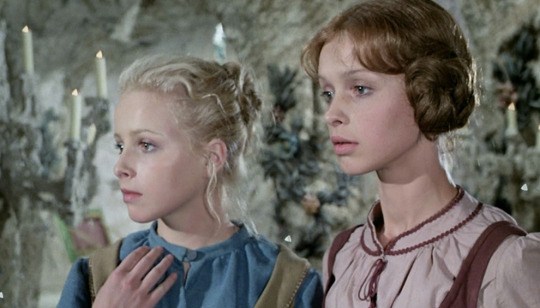
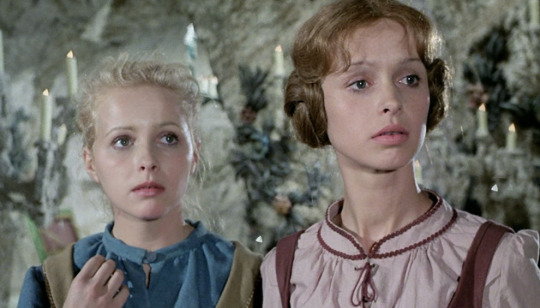
Julie Jurištová and Katrin Martin in Schneeweißchen und Rosenrot / Snow White and Rose Red (1979) dir. by Siegfried Hartmann.
#Schneeweißchen und Rosenrot#Snow White and Rose Red#Julie Jurištová#Katrin Martin#Siegfried Hartmann#German#Czechoslovak#Czech#German Cinema#German Fairy Tale#Fairy Tale#My Screenshots
122 notes
·
View notes
Text
Just thinking about the genuine beauty of this movie.

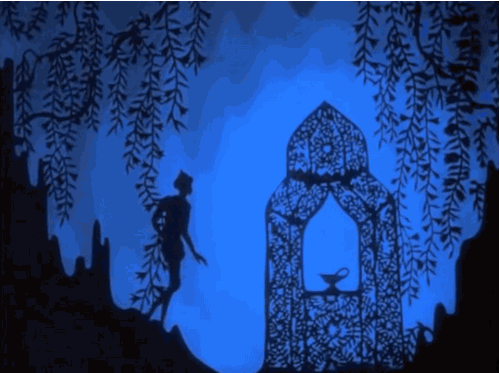

The Adventures of Prince Achmed by Lotte Reiniger (1926, Germany)
#the adventures of prince achmed#lotte reiniger#animation#silhouette animation#german film#classic film#snow white was not the first full length animated film#the first one was in 1917 but no longer exists#the next one was this achmed#the music is wonderful too#you can buy it on on DVD#or watch it on YouTube#I'm pretty sure it's in the public domain#paper dolls#paper puppets#shadow puppets#silouette#puppets#silent film#fairy tale#aladdin#1001 arabian nights#arabian nights#Lotte was just 23 when she made this movie#it was made in the attic of her neighbors garage#she had a small team to help her but basically made most of it by herself#what a badass#handmade#stop motion animation#women filmmakers
55 notes
·
View notes
Text
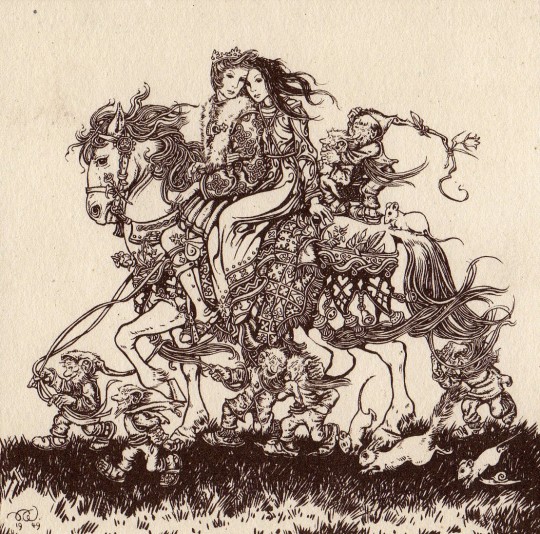
Die Heimkehr by Sulamith Wülfing (1949)
#sulamith wulfing#art#illustration#1940s#1940s art#vintage art#vintage illustration#vintage#german art#german artist#fairy tales#fairy tale#fairytale art#classic art
1K notes
·
View notes
Text
Do you know about Ludwig Bechstein? Well you should.
But do not worry: if you never heard of his name until now, it is perfectly normal. In a similar way to madame d'Aulnoy in France, Ludwig Bechstein was one of the great names and influential sources of the fairytale in Germany, but fell into complete obscurity due to being overshadowed in modern days by a contemporary (Charles Perrault for madame d'Aulnoy, the brothers Grimm for Bechstein).
Ludwig Bechstein was, just like the brothers Grimm, a German collector of fairytales (Märchen in German), and just like them he published an anthology of them. However, whereas the brothers Grimm started publishing their work in the early 1810s with re-editions later on, Bechstein published the first volume of his collection in 1845, and the second volume in 1856.
And here's the thing: Bechstein was MUCH, MUCH more well-known in Germany than the brothers Grimm, for the rest of the 19th century. While yes the brothers Grimm were a big success and a huge best-seller, Bechstein's fairytales were even more so. In fact his fairytales were THE de facto German fairytales of the 19th century - until the brothers Grimm's international celebrity (because their fairytales had crossed the Germanic frontiers into English and French-speaking countries, while Bechstein's had not) came back and made their own fairytales overshadow, and then completely eclipse/bury Bechstein's own fairytales.
Why is this important? Because Bechstein had in his collection several fairytales that overlapped with those of the Grimm: for example, as I will show above, both collections had an "Hansel and Gretel", and " Little Red Riding Hood". But while we know today the Grimm's version better, it was the Bechstein's version that the 19th century children knew about. And there is one big difference between the two sets of tales: while the brothers Grimm were obsessed with an "accuracy" of the stories (or what they believed was an "accuracy"), stitching stories together or writing them so as to create what felt like a traditional oral story as it would be told to you by a random German person, Bechstein allowed himself a more "literary approach". He never reached the level of an Andersen or a d'Aulnoy that would entirely rewrite a folk-tale into a long poetic epic... But he allowed himself to correct inaccuracies in the stories he collected, and to add personal details to make the story fit his tastes better, and to develop the dialogues into more than just nonsensical little rhymes, so while he kept short and simple stories like the Grimms, they definitively were more literary stories.
To give you two good examples of the differences, here are Bechstein's changes to the two stories I described above.
The main change within Little Red Riding Hood is Bechstein making the girl more intelligent and well-meaning than in the Grimms version, and the Wolf's deception even more devious. When the wolf tells the girl she could go pick up flowers and play outside of the path, like in the Grimm's tale, Bechstein's Riding Hood stops and asks roughly (not a quote I recap here): "Hey, mister Wolf, since you know so much about herbs and plants within this forest - do you know about any medicinal plant around, because if there is an herb that could heal my sick grandma, it would be super cool!". And the wolf jumps on the occassion, pretending he is a doctor - and he lists to her a whole set of flowers and herbs and berries she can pick up that would heal her grandmother... except all the plants he describes to her are poison, and the Wolf just mocks his intended victim. The joke also relies on the fact that all the plants he lists are named after wolves, with the beast convincing the girl it is because wolves are good and great things. (There's the wolf's-foot, the wolf's milk, the wolf's berries, the wolfswort - names which do correspond to real-like plants such as the spurge laurel or the aconit).
The ending is also slightly modified. The hunter is attracted to the grandma's house by hearing the unusually loud snoring of the wolf - he thinks something is wrong with the grand-mother, maybe she is dying, only to find the wolf in her place. He immediately grabs his rifle to kill it but then pause wondering "Hey, the little grandma is nowhere to be seen... and she was a scrawny woman... Better check if he did not eat her". And so he opens the wolf's belly (and the wolf is still asleep during all that, he really is a deep sleeper). When the humans decide to put stones in the wolf's belly, they explicitely reference in-universe the "Wolf and the seven goats" story, which gives them the idea. (Quite a fun and accurate detail since we know that the brothers Grimm attached the episode of the stone to the Little Red Riding Hood story by taking it from the "Wolf and the seven goats" one)
As for Hansel and Gretel, the witch is described differently from the Grimms (she is still a very, very old woman who has something wrong with her eyes, but she isn't red-eyed like the Grimm, rather she has "grass-green" rheumy eyes, and she has no cane or crutches, Bechstein rather insisting on her being a hunchback and havin a very, very large nose.) But the main difference occurs in the climax, which is very different from the Grimm.
The witch still tries to push Gretel in the oven, but she doesn't ask the girl to check if it is "hot enough". Rather she put bread in it to go with her Hansel-roast, and she asks the girl to check if the bread is brown yet. And Gretel is about to obey... when the snow-white bird that led them to the house reappears and warns her of an upcoming danger with human words. The girl immediately guesses the trick, and pushes the witch in the oven. Second big change: the "treasures" the children obtain are not the witch's, nor do they find it on their own. As they exit the house, the treasure literaly rains on them - because all the birds of the forest arrived and dropped the precious items on them while singing "For the crumbs of bread / Pearls an gems instead". As the children understand, the birds were grateful for what they believe was food offered to them (the bread crumbs) and reward the children with the treasure.
Oh yes and the mother (no stepmother here) doesn't die. Rather she and her husband are miserable in their house because they regret leaving their kids, so they are very happy when they return, and with the treasure they all are certain to never go hungry again. Happy end. (Because here the mother isn't a bad person like in the Grimm - she just really, REALLY was a desperate woman who didn't want to see her own children die before her eyes)
#little red riding hood#hansel and gretel#german fairytales#ludwig bechstein#bechstein fairytales#brothers grimm#grimm fairytales#grimm fairy tales#german fairy tales
31 notes
·
View notes
Text

Snow White by Walter Zweigle
#schneewittchen#snow white#art#illustration#walter zweigle#grimm fairy tales#germany#german#fairy tales#fairy tale#europe#european#prince charming#märchenbuch#snow white and the seven dwarfs#dwarfs#dwarves#dwarf#dwarve#brothers grimm#seven dwarfs#seven dwarves#glass coffin#enchanted#magic#magical#spell#sleeping#beauty#prince
148 notes
·
View notes
